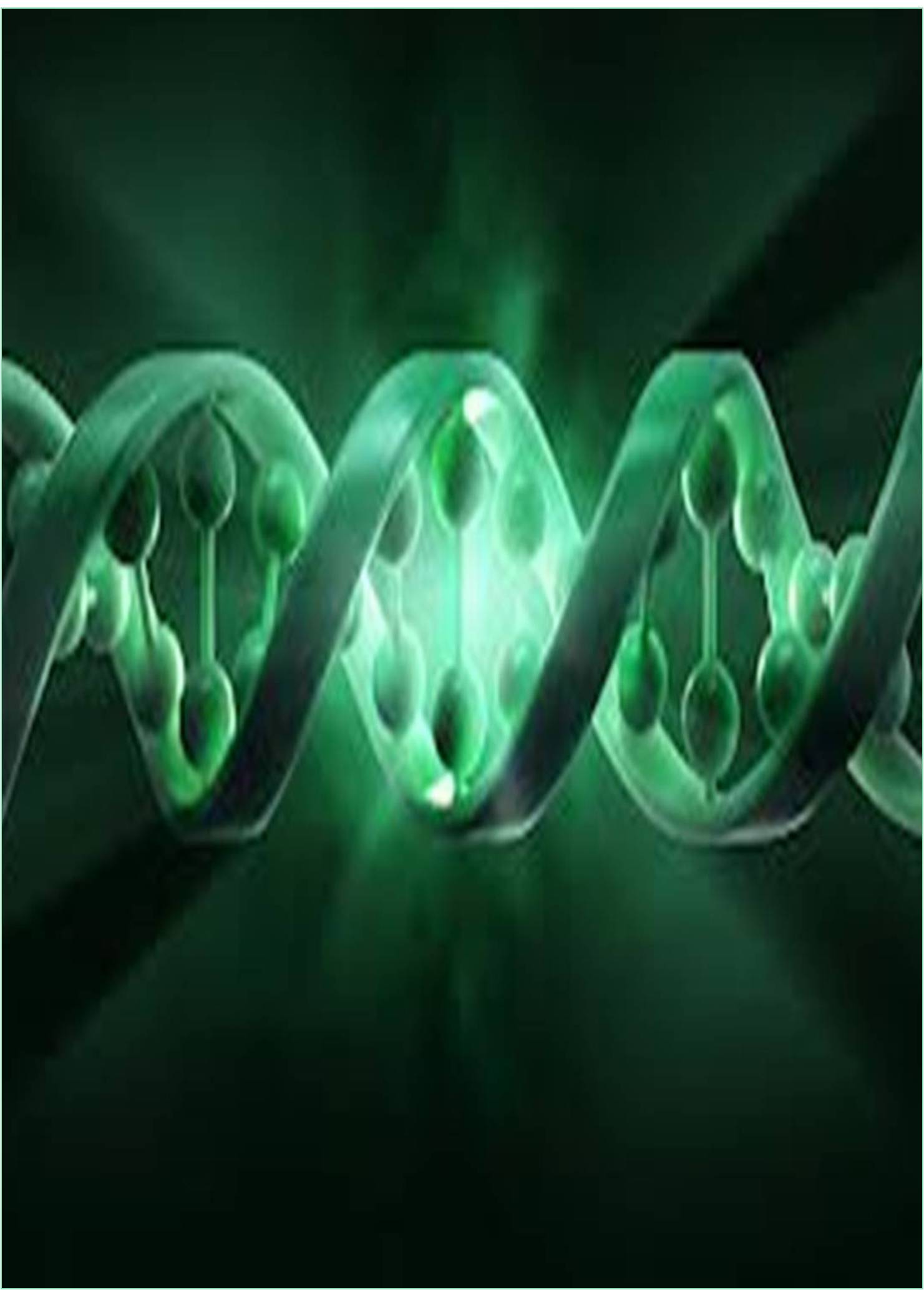



Received: 01-Feb-2022, Manuscript No. GJMEG-22-64874; Editor assigned: 04-Feb-2022, Pre QC No. GJMEG-22-64874(PQ); Reviewed: 10-Feb-2022, QC No. GJMEG-22-64874; Revised: 21-Feb-2022, Manuscript No. GJMEG-22-64874(R); Published: 01-Mar-2022, DOI: 10.15651/GJMEG-22.08.004
The changes in technology in the past decade have had such an impact on the way that molecular evolution research is done that, it is difficult now to imagine working in a world without genomics or the Internet. Homology searches took 30 minutes and rarely found a hit. Now it is difficult to find sequences with only a few homologs to use as examples for teaching bioinformatics. For molecular evolution researchers, the genomics revolution has showered us with raw data and the information revolution has given us the wherewithal to analyze it. In broad terms, the most significant outcome from these changes has been our newfound ability to examine the evolution of genomes as a whole, enabling us to infer genome-wide evolutionary patterns and to identify subsets of genes whose evolution has been in some way atypical.
The origin of the cellular organization is the central and perhaps the hardest problem of evolutionary biology. A scenario of pre cellular evolution is presented that involves cohesion of the genomes of the emerging cellular life forms from primordial pools of small genetic elements that eventually segregated into hosts and parasites. We further present a model of the coevolution of primordial membranes and membrane proteins discuss proto cellular and non-cellular models of early evolution and examine the habitats on the primordial earth that could have been conducive to pre cellular evolution and the origin of cells.
The Cellular World
All self-sufficient life forms on earth share the cellular organization. Myriads of parasites are also cellular but exploit the resources of other cellular organisms to reproduce; some of these parasites go through their entire life cycles inside other cells. The second vast effect of life forms consists of viruses and other selfish elements that possess genetic but not biochemicalautonomy and fully depend on cellular hosts for their reproduction (Konini 2011; Konini and Dolja 2013).Although Van Leeuwenhoekmight not have been the discoverer of cells sense strict, he definitely discovered unicellular organisms and the remarkable diversity of the microbial world Dobell 1932 the origin of which is the theme of the present article. Even the simplest known cells are exquisitely organized agglomerates of intricate macromolecular complexes. The two classes of such complexes that define the cellular state and cleanly separate cells from virus-like entities are membrane embedded energy transformation and molecular transport systems and translation system that makes all the proteins required for the cell function. A fundamental and striking feature of cells is that formation of a cell de novo has never been observed.
Convergent Evolution in the Genomics
Convergent evolution, in which different strains independently evolve similar traits, has evolved biologists for centuries, primarily because convergent evolution is often considered a visible sign of the power of natural selection. Intuitively explain the convergent echolocation ability of bats and whales other than natural selection in response to foraging and hunting in an environment with minimal visibility. Many other examples of phenotypic convergence are equally intuitive as a result of adaptation to a shared environment, such as digging species limbless body planning, pathogen drug resistance, and Arctic and Antarctic fish antifreeze proteins.
Convergent evolution, then, can serve as a valuable proxy for repeated experiments in evolution and understanding how convergent traits evolve, especially at the molecular level, has the potential to inform general rules about adaptation. In the past decade, low-cost, high-throughput sequencing has ushered in an era of widespread genome sequencing in model and non-model organism’s alike, bringing vast new data to bear on understanding convergence at the molecular level. In this special issue, we highlight the new insights that haveemerged from applying the power of comparative and population genomics to the study of convergence, while also highlighting the challenges that still lie ahead.